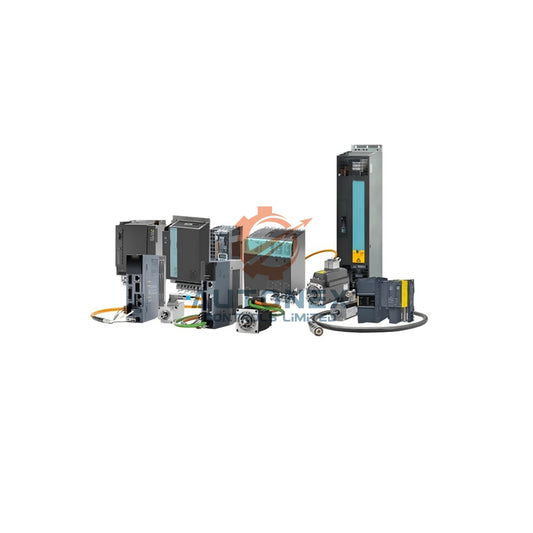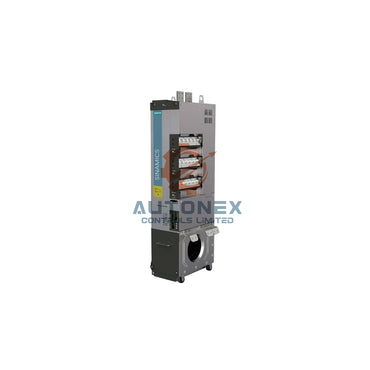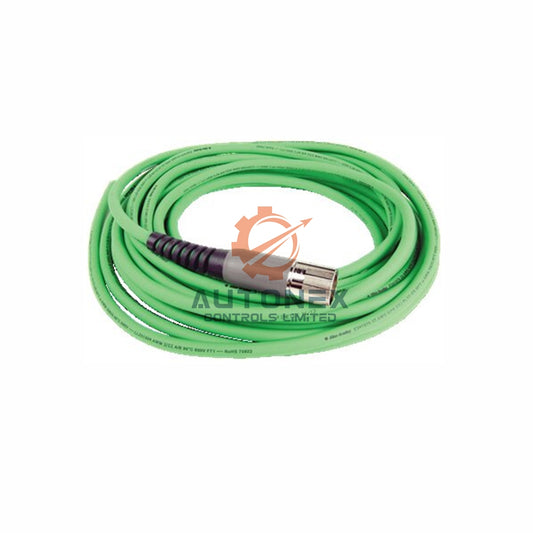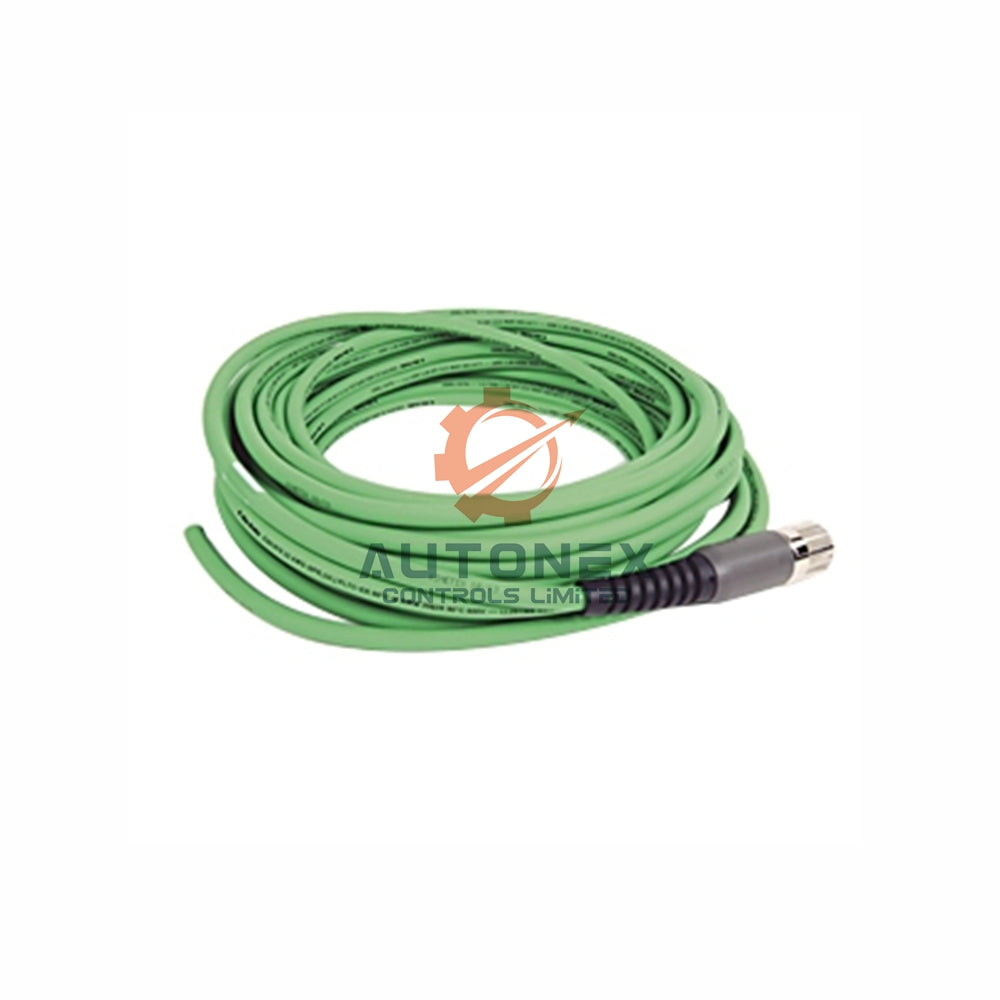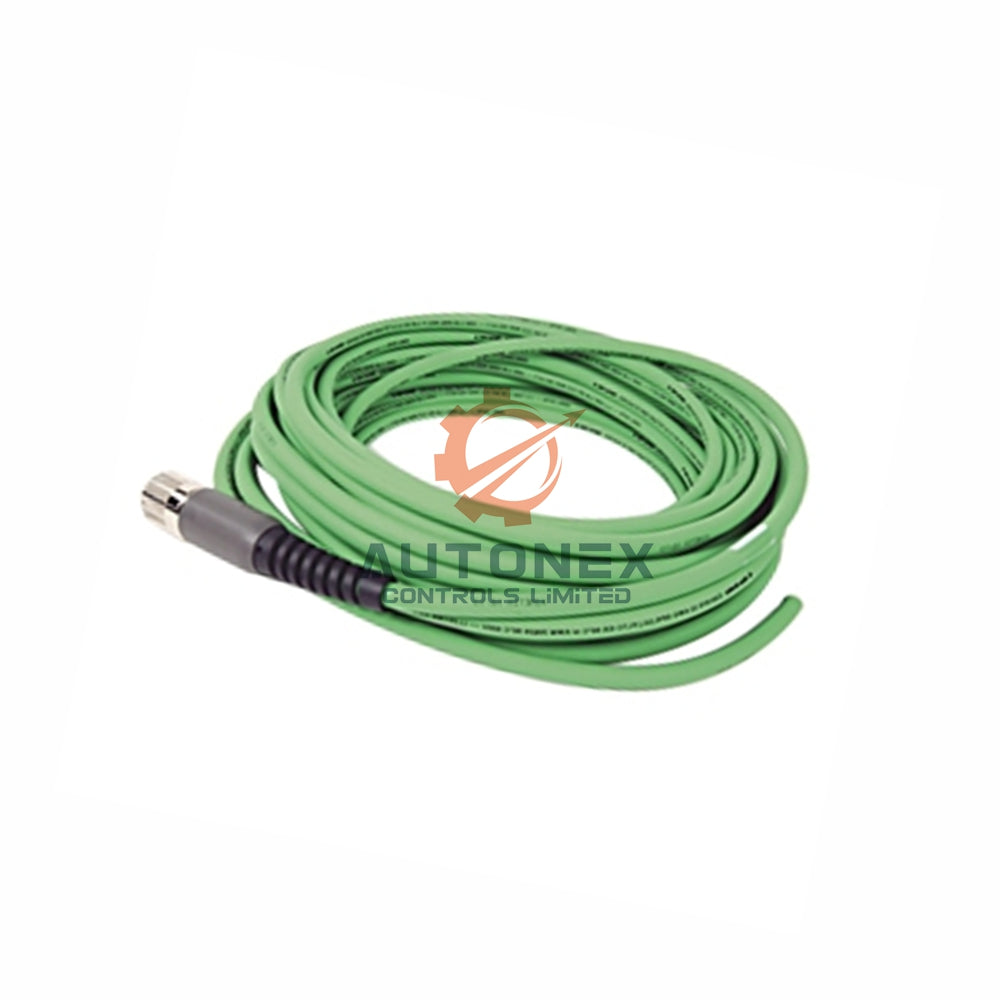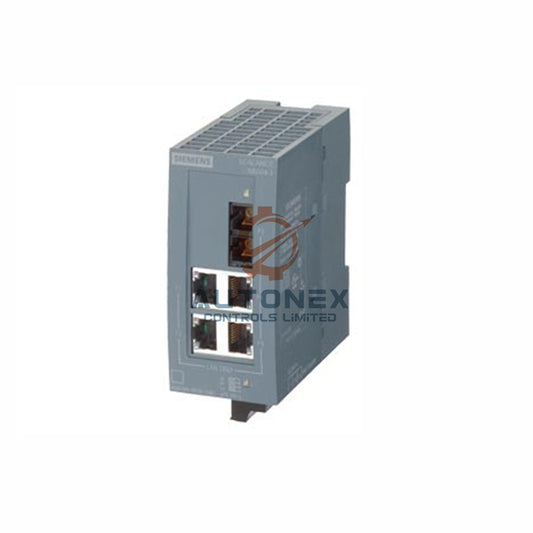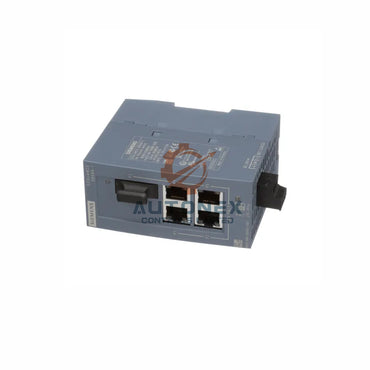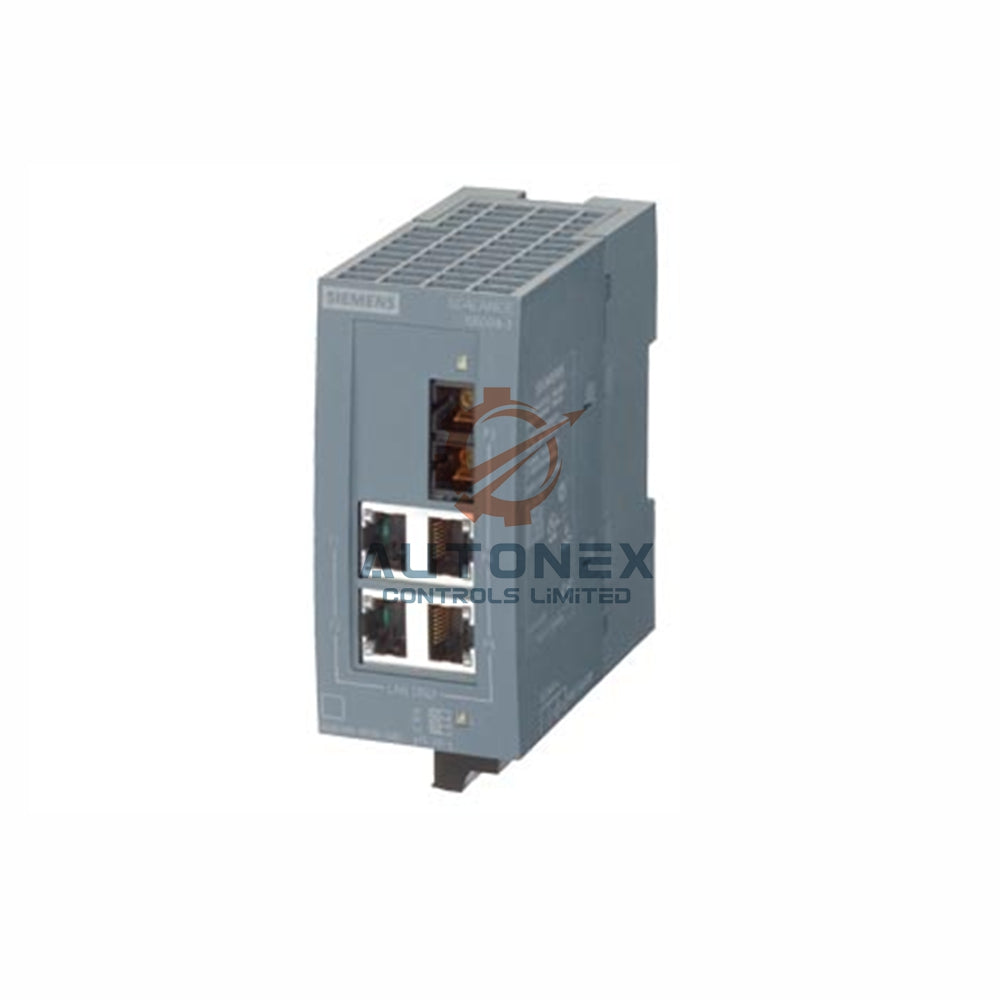Mastering Dynamic Braking in MR-J4-A Servo Amplifiers for Superior Industrial Safety
Understanding Dynamic Braking Fundamentals
Dynamic braking systems provide controlled motor deceleration in industrial settings. These mechanisms transform kinetic energy into thermal energy through resistors. Consequently, they enable rapid stopping without mechanical stress. Modern servo amplifiers integrate this technology for enhanced safety.
Critical Safety Applications in Manufacturing
Emergency stop scenarios demand immediate response capabilities. Dynamic brakes deliver reliable stopping power during critical events. Moreover, they protect expensive equipment from potential damage. Production lines maintain higher safety standards through proper implementation.
Performance Advantages for Automation Systems
Industrial operations achieve greater reliability with advanced braking. These systems minimize unexpected production interruptions. Additionally, they extend equipment service life significantly. Many manufacturers report improved operational efficiency after installation.

Implementation Strategies for Maximum Effectiveness
Successful deployment requires careful planning and configuration. Technicians must set appropriate parameters for each application. Regular maintenance ensures consistent performance over time. Staff training programs should emphasize practical emergency procedures.
Industrial Application Scenarios
Automotive manufacturing facilities rely on dynamic braking safety. Robotic arms require instant stopping capability for worker protection. Similarly, precision machining operations safeguard delicate components. Packaging machinery maintains product integrity during rapid cycles.
Technical Configuration Insights
MR Configurator2 software enables precise brake parameter adjustment. Proper resistor specification depends on operational requirements. Electrical teams should verify all system connections thoroughly. Thermal management considerations ensure long-term reliability.
Industry Evolution and Future Trends
Modern industrial automation increasingly adopts smart braking technology. These advanced systems now offer predictive maintenance capabilities. Furthermore, safety standards continue evolving across global markets. Manufacturers should prepare for stricter compliance requirements.
Maintenance Protocols for Optimal Performance
Systematic inspection schedules prevent component failure. Thermal monitoring identifies potential issues early. Performance documentation assists maintenance planning. Detailed records should track all service activities completely.
Professional Perspective and Recommendations
From industry experience, proper dynamic brake integration distinguishes basic and advanced automation systems. Many operations underestimate regular testing importance. Therefore, I recommend monthly verification for high-use applications. Environmental conditions significantly impact resistor selection decisions.
Success Story: Automotive Assembly Implementation
A leading automotive manufacturer deployed MR-J4-A amplifiers throughout their facility. The dynamic braking system prevented multiple safety incidents within months. Furthermore, production downtime decreased by 22 percent annually. Operations teams reported greater confidence in emergency response capabilities.

Frequently Asked Questions
What activates dynamic brakes in MR-J4-A systems?
Emergency stops, power interruptions, or safety circuit triggers activate these brakes. The system automatically begins controlled deceleration when specific conditions occur.
How frequently should brake resistors be inspected?
Visual checks are recommended monthly for high-use applications. Comprehensive thermal analysis should occur quarterly. Always consult manufacturer guidelines for specific maintenance intervals.
Can dynamic brakes completely replace mechanical brakes?
They typically work alongside mechanical systems rather than replacing them. Most safety applications utilize both technologies for maximum protection.
What specifications determine resistor selection?
Consider motor capacity, deceleration needs, operational cycles, and environmental conditions. Incorrect resistor choice may compromise performance and durability.
How do dynamic brakes affect power consumption?
They dissipate energy as heat instead of recovering it. However, newer systems sometimes include regenerative features for better efficiency.
Check below popular items for more information in Autonexcontrol


